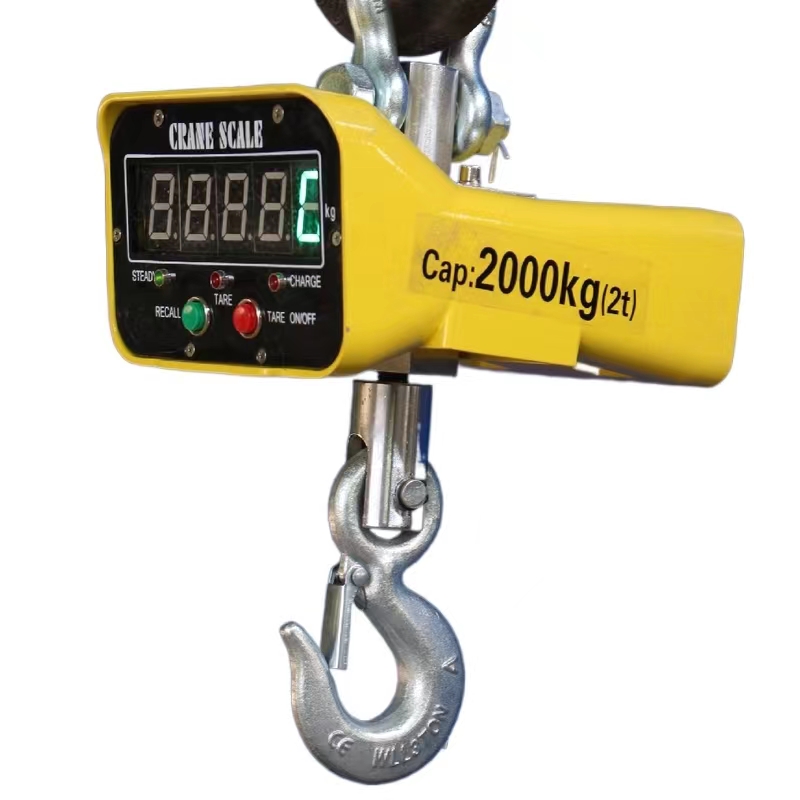


The Emergence and Significance of Chain Block Lifting in Modern Industries
In recent years, chain block lifting has gained substantial traction in various sectors due to its effectiveness and efficiency in lifting and moving heavy loads. This mechanical device, often referred to as a chain hoist, operates on a simple yet ingenious principle it utilizes a chain to lift heavy materials vertically, making it an essential tool in construction, manufacturing, and logistics.
What is Chain Block Lifting?
Chain block lifting involves the use of a pulley system combined with a chain to lift loads. The fundamental mechanism typically consists of a hook, gears, a chain, and a lift wheel. When the chain is pulled, it engages the gears, allowing the hook to rise and subsequently lifting the attached load. This method of lifting is not only effective but also minimizes the physical strain on workers, reducing the risk of injuries associated with manual handling.
Applications in Various Industries
One of the prominent applications of chain block lifting is in the construction industry. Here, it is used for hoisting heavy construction materials such as steel beams, concrete blocks, and other integral components. The efficiency of chain blocks allows construction projects to progress at a faster rate, ensuring timely completion while maintaining safety standards.
In manufacturing, chain block lifting is equally valuable. Factories often require the lifting of heavy machinery or components during assembly and maintenance. The versatility of chain hoists makes them suitable for different environments, from assembly lines to warehouses. By facilitating the movement of heavy objects, chain block lifting systems contribute to streamlined operations and increased productivity.

Furthermore, the logistics sector heavily relies on chain block lifts for the safe loading and unloading of cargo. Ports, shipping yards, and distribution centers utilize these hoists to handle containers and heavy pallets. The ability to lift loads efficiently translates to quicker turnaround times and reduced operational costs.
Advantages of Chain Block Lifting
The advantages of chain block lifting are manifold. Firstly, they offer remarkable strength and durability, allowing them to lift significant weights without easily succumbing to wear and tear. Additionally, they are relatively inexpensive compared to other lifting systems, making them a cost-effective solution for many businesses.
Safety is another significant benefit. Chain blocks are designed with multiple safety features, including overload protection and stability mechanisms, which help prevent accidents in the workplace. When used correctly, they significantly reduce the risk of injuries associated with heavy lifting tasks.
Moreover, chain block hoists are easy to operate and require minimal training, making them accessible to a broader range of personnel. Their portability adds to their convenience, as they can be used in various settings and can be easily transported from one location to another.
Conclusion
As industries continue to evolve, the demand for efficient and safe lifting solutions will only increase. Chain block lifting stands out as a viable and effective option due to its simplicity, efficiency, and safety features. Embracing this technology can lead to improved productivity and enhanced safety in environments where heavy lifting is a common requirement. In an ever-competitive marketplace, investing in reliable lifting mechanisms such as chain block hoists will undoubtedly pave the way for operational excellence and growth in numerous sectors.



